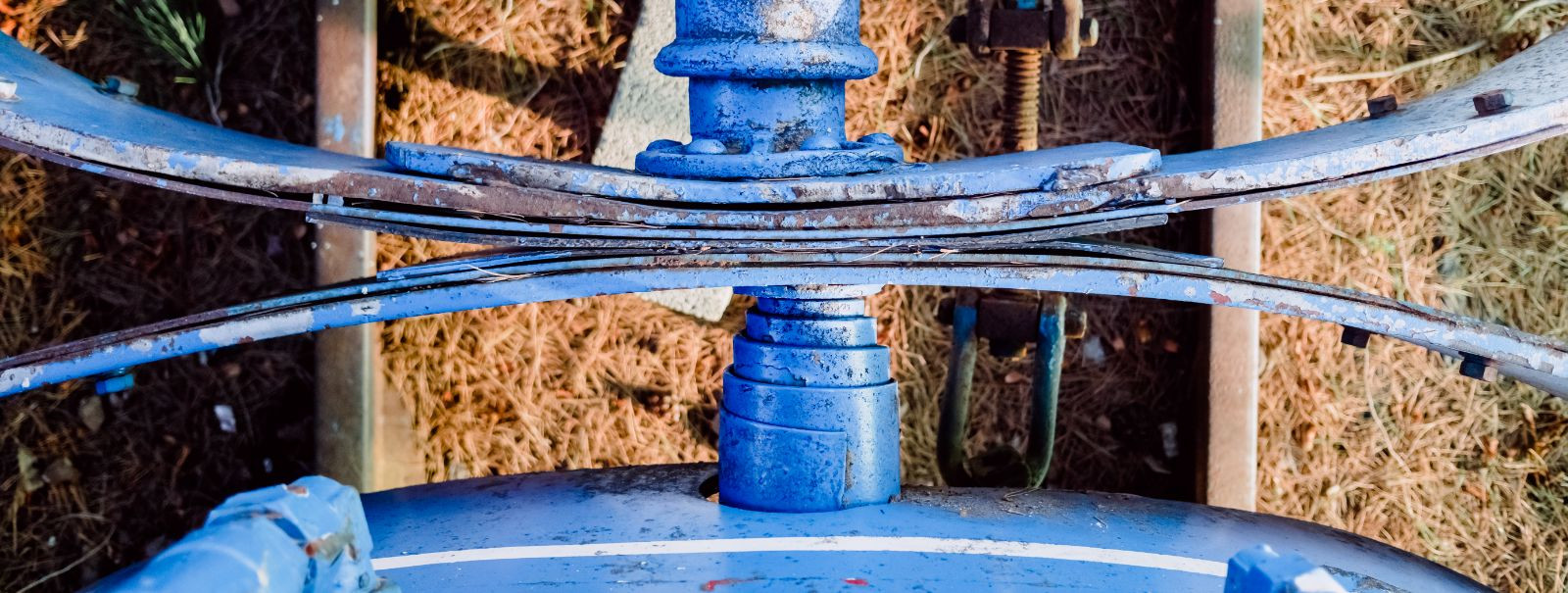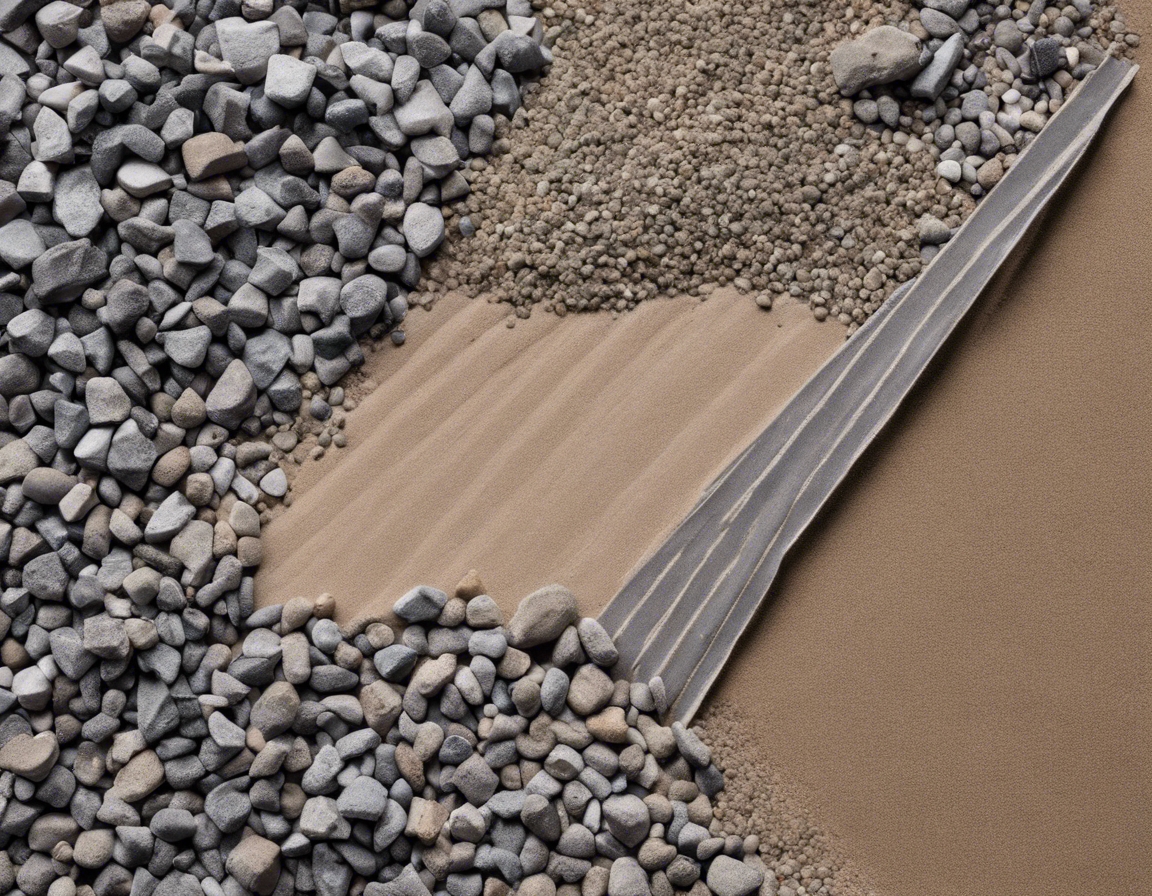5 quick installation tips for waterproofing your wells
Waterproofing wells is a critical step in ensuring the safety and longevity of water supply systems. In this guide, we'll explore five quick installation tips that can help you effectively waterproof your wells, ensuring they remain durable and contamination-free.
Understanding the Importance of Waterproofing Wells
Waterproofing helps prevent harmful substances from seeping into the well, safeguarding the water quality and public health.
Proper waterproofing preserves the well's structure, preventing erosion and potential collapse.
Investing in waterproofing can save on costly repairs and water treatment in the future.
Tip 1: Assessing Your Well's Condition
Begin by thoroughly inspecting the well for any signs of damage or wear that could compromise the waterproofing process.
Conduct water quality tests to identify any existing contamination that may affect the choice of waterproofing materials.
Tip 2: Choosing the Right Waterproofing Materials
Select waterproofing materials that are compatible with the well's construction materials to ensure a secure bond and effective seal.
Opt for high-quality, durable waterproofing products from reputable manufacturers to guarantee long-lasting protection.
Tip 3: Preparing the Surface
Clean the surface of the well thoroughly, removing any debris, and smooth out irregularities to create an optimal surface for waterproofing.
Use appropriate fillers or sealants to repair larger cracks and voids before applying the waterproofing layer.
Tip 4: Applying the Waterproofing Product
Always follow the manufacturer's instructions for the best results when applying the waterproofing product.
Apply the waterproofing material evenly across the surface, ensuring that no areas are left exposed or insufficiently covered.
Tip 5: Regular Maintenance and Inspection
Establish a regular maintenance schedule to inspect the waterproofing and address any issues promptly.
Regularly monitor the well for signs of leakage or deterioration in the waterproofing layer, and take corrective action as needed.






Comments (0)